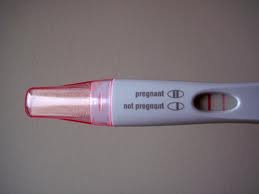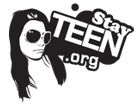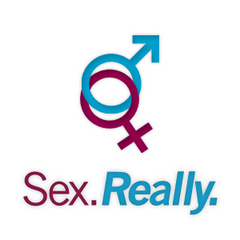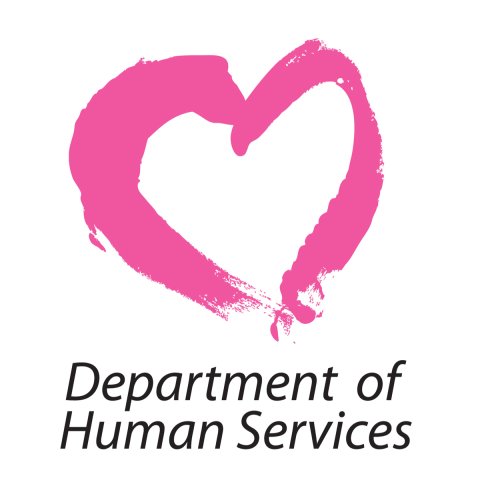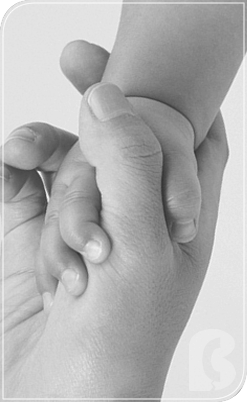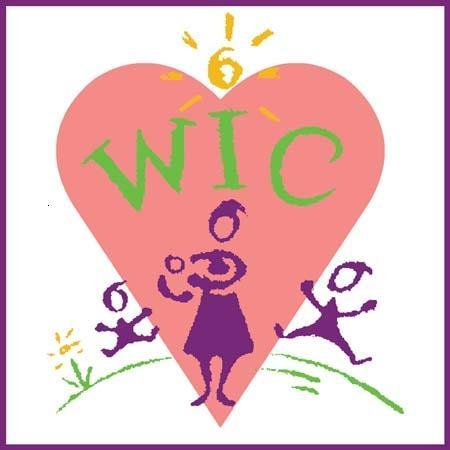Sexually active teens often wonder where to get birth control in order to prevent unintended pregnancy. There are a variety of places on where to get birth control depending on the time of birth control. There are many ways to prevent pregnancy using birth control.
For those looking for where to get birth control, the answer is pretty simple depending on what type of birth control you are looking to buy. Birth control methods like the pill, ring, shot, patch, etc. all must be prescribed from a health care professional at a clinic or hospital. However, alternative types of birth control exist in the form of condoms and spermicides. These types of birth control methods also prevent against unexpected troubles other than pregnancy including sexually transmitted diseases and infections.
Types of Birth Control:
Among prescription types of birth control, the pill is one of the most commonly prescribed types of birth control. The pill is taken each day orally and must be taken about the same time each day. This type of birth control is also one of the most common among teens because it is possible to get it without parent permission from a doctor or health care clinic. In addition, it is also one of the most inexpensive types of prescription birth control. However, with the new federal health care law that must be fully enacted prior to January 2013, prescription birth control must be free under any health insurance plan. For teens with no health insurance, there are many ways to already get free birth control through many health care clinics like Planned Parenthood.
Over the counter types of birth control like condoms and spermicides are able to be purchased and often found for free at health care clinics and doctor offices. Many schools will also hand out condoms during sexual education classes. These types of birth control, if used correctly, are also great because they protect users against contracting most STDs like AIDS/HIV as well as the Human Papillomavirus (HPV), which is becoming widespread among teen girls throughout the United States and can cause different types of cervical cancer.
There are also other ways to prevent unintended pregnancy, but they are not as scientifically proven to work as well. For example, the pull out method can be used, but is not 100 percent or even close to that in being effective. Breast feeding while pregnant is also a way to prevent pregnancy although it is not as effective other types of birth control because the breast feeding practice must be done perfectly and consistently in order to work.
The morning after pill is another type of birth control that is used as an emergency contraceptive. Young teens over the age of 16 can purchase this pill at any pharmacy over the counter. However if under the age of 16, they must have a parent permission to do so.
Where to Get Birth Control:
The various types of birth control can be purchased over the counter at just about any pharmacy, grocery store or convenience store. However, if you are looking for a prescription type of birth control, it must be purchased with a prescription at a pharmacy. In order to get a prescription for the pill, patch, ring, etc. you must go to a doctor or nurse. At the clinic, the doctor or health care professional will perform a wellness exam on the teen to check for some STDs and other potential problems. This must be completed in order to get a years worth of birth control pills or other types of prescription birth control. Many clinics like Planned Parenthood will offer these exams for free if the teen is unable to pay for the exam.
With the new federal law enacted, teens will be able to get free prescription birth control under any health insurance plan. Be sure to check with your health care provider and insurance agent to learn more about this program. Keep in mind that abstinence is the only truly 100 percent effective way to not get pregnant. If you are a parent, talk to your teens about sex and safe sex using birth control. Be sure your teen understands the importance of birth control and how to properly take the pill.
Source: plannedparenthood.org, kidshealth.org

